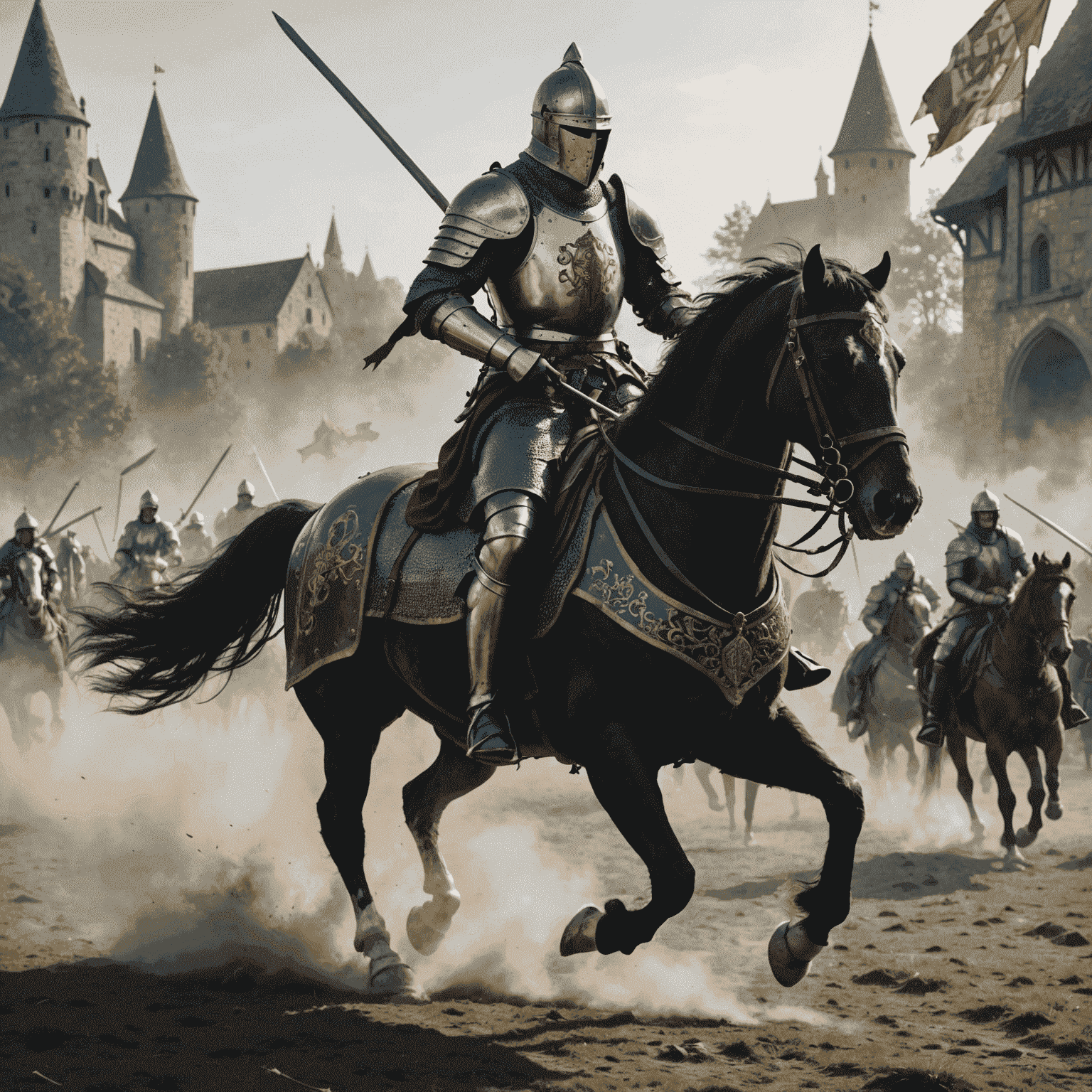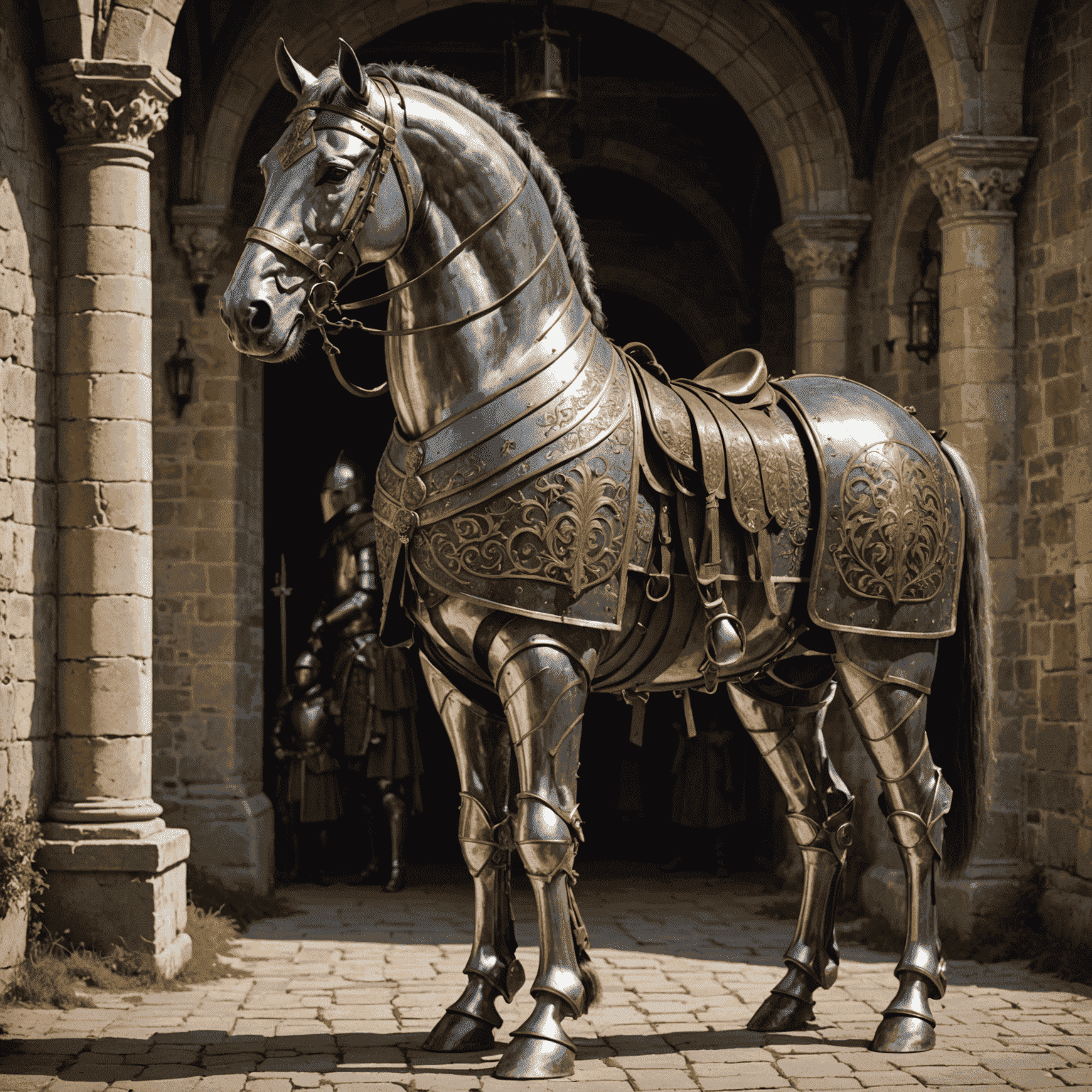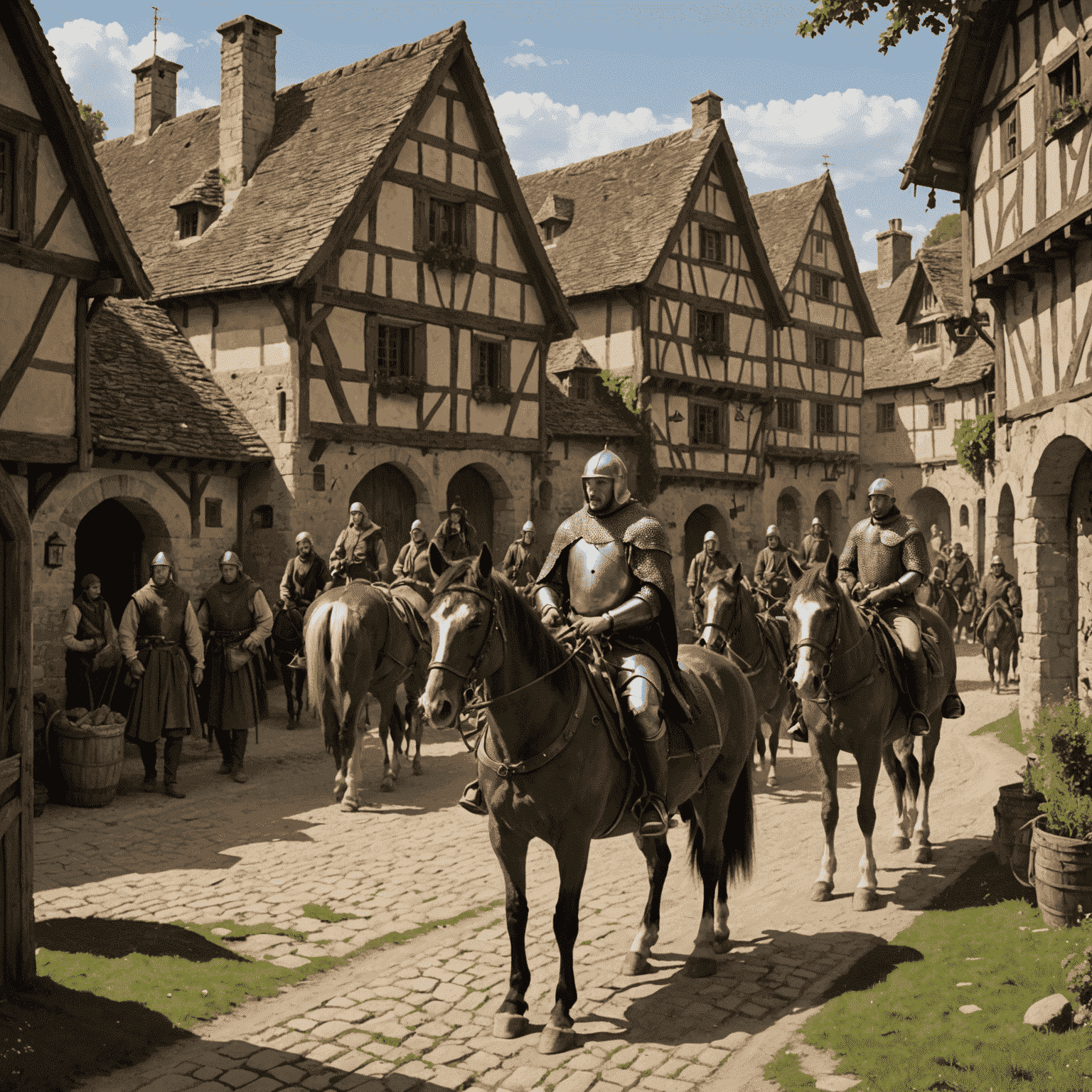Medieval Horsemanship: Steeds of War and Chivalry

In the tapestry of medieval history, horses played a pivotal role, weaving through the threads of warfare, chivalry, and daily life. The evolution of equestrian sport and the development of riding techniques during this era laid the foundation for many of the traditions we see in modern horsemanship.
Warhorses: The Medieval Tank
The warhorse was the medieval equivalent of today's tank—a powerful, mobile platform that could turn the tide of battle. These magnificent steeds, often referred to as destriers, were bred for strength, courage, and agility. The history of riding in warfare during this period showcases the symbiotic relationship between knight and horse, a partnership that was essential for survival on the battlefield.

Tournaments: The Stage for Chivalry
Medieval tournaments were not just displays of martial prowess but also showcases for the evolution of equestrian sport. These events, ranging from jousts to mounted melees, were pivotal in the development of riding techniques. Knights honed their skills in these competitions, which served as both entertainment for the masses and crucial training for warfare.
Everyday Equestrian Life
Beyond the battlefield and tournament grounds, horses were integral to daily medieval life. From transportation to agriculture, the role of horses in history extended to every facet of society. The riding traditions established during this time, such as the development of various saddle types and riding styles, continue to influence modern equestrian practices.

The Legacy of Medieval Horsemanship
The impact of medieval horsemanship on the history of riding cannot be overstated. Many of the great riders of subsequent eras drew inspiration from the techniques and traditions established during the Middle Ages. As we explore equestrian sport through the ages, we find that many modern disciplines, from dressage to show jumping, have roots in medieval riding practices.
Today, as we witness equestrian competitions in the Olympic Games or participate in local riding events, we are part of a long and storied tradition. The evolution of horseback riding from antiquity to modernity is a testament to the enduring bond between humans and horses—a partnership that has shaped history and continues to inspire riders around the world.